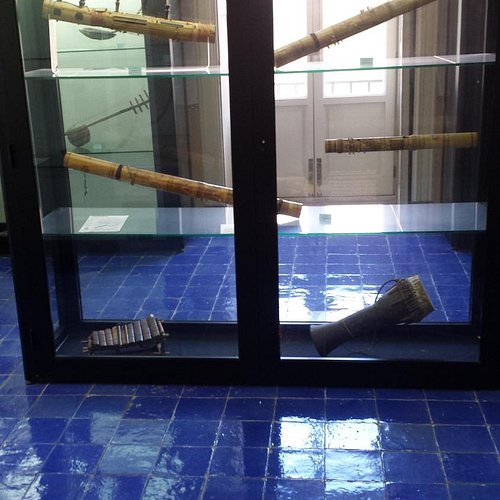Top 6 Museums in Chiaramonte Gulfi, Sicily
Discover the best top things to do in Chiaramonte Gulfi, Italy including Museo di Arte Sacra, Molino Soprano, Museo dell’Olio di Chiaramonte Gulfi, Museo dei Cimeli Storico Militari, Museo degli Strumenti Etnico Musicali, Casa Museo Liberty.
Restaurants in Chiaramonte Gulfi
1. Museo di Arte Sacra
Overall Ratings
5.0 based on 1 reviews
The museums of Chiaramonte Gulfi are real little gems that are located in a charming village nestled between the mountains Iblei. Diversified themes and interest, the eight museums lend themselves well to suit the tastes of an increasing number of visitors: from sacred to oil museum, through a wonderful house museum Liberty up to the gallery of the De Vita. Openings weekly booking only.
2. Molino Soprano
Overall Ratings
4.5 based on 7 reviews
The Soprano Mill The "Soprano Mill" lives its history alongside the source in the area of Chiaramonte Gulfi in the province of Ragusa. Since its origins its operation has been fueled by the waters of the "Cifal Spring Source". It is the first mill to use spring water, for this reason Is called "Soprano", and is one of the oldest water mills in Sicily. The exact date indicating its reconstruction dates back to 1882, although it remains in structure around 1600. In 1926 the original structure was expanded with the addition of four rooms it still remains intact the architectures of the time Inside, perfectly restored, there are two local stone mills dating back to the early twentieth century and are used for grain grinding, these constructed with a hard limestone of coral origin from the caves of San Biagio in the territory of Scicli. Francesco Distefano, current owner, is a descendant of a family who for generations practice the miller profession by handing on the knowledge of father to son, advancing the family tradition thanks to their own experience and knowledge. The mill was resuming its milling activity in 2008 after a long restoration period of six years. The project The project arises from the need to establish direct contact between the countryside and the city, aims to build and strengthen a link between the knowledge of the territory through one of the oldest productive and social centers of human history: the water mill. Hence, the importance of knowing and discovering the natural, cultural and historical aspects of the environment in which it is lived, how it is possible to interact with it by using its resources respectfully and appropriately in this case, water combined with a photovoltaic system together Move the two grinders, one with the force of the water, and the second one with an electric motor. So not a "Mill-Museum" but a small production activity that combines history, tradition, economy and nutrition. In fact, thanks to the sensitivity of Francesco Distefano, to his passion combined with the awareness and the need for a healthier and more balanced diet, to make the Soprano mill today like a small reality in the production of semolina and flour obtained by "Ancient" grains. Biologically cultivated, safeguarding the fertility of the soil, this was possible thanks to the collaboration of the graniculture station which has made available small quantities of seeds considered by us more valid, in terms of production and organoleptic and historical of our areas, the mill has them Reproduced by bringing them to a considerable amount, and subsequently entrusting them to farmers in the Iblea area thanks to the sensitivity of these which allowed them to join the project and to start planting local varieties. The grain millstone of the local varieties from added value to the product transformed by the unique sensory and organoleptic characteristics and with a high digestibility due to a low gluten index and a weak (W) strength of the groats, the grain is Cultivated without the use of synthetic products. Moreover, by means of an ancient stone melting technique, the semen obtained from the soprano molin encloses a noble crustal part, namely the easily digestible soluble part, which does not include cellulose and lignin, substances which are not suitable for the human organism but are benign Pectin, gums and mucillin which regulate the absorption of fat and sugars by helping to control the level of glucose and cholesterol in the blood. To date, the production of the harvested semolina, which boasts countless properties, is processed by two bakeries and a pasta factory producing bread and pasta, predominantly integral. We like to imagine that the Soprano Mill is a continuous journey that finds its paths nourishing the important contribution of so many friends.
3. Museo dell’Olio di Chiaramonte Gulfi
Overall Ratings
4.5 based on 12 reviews





